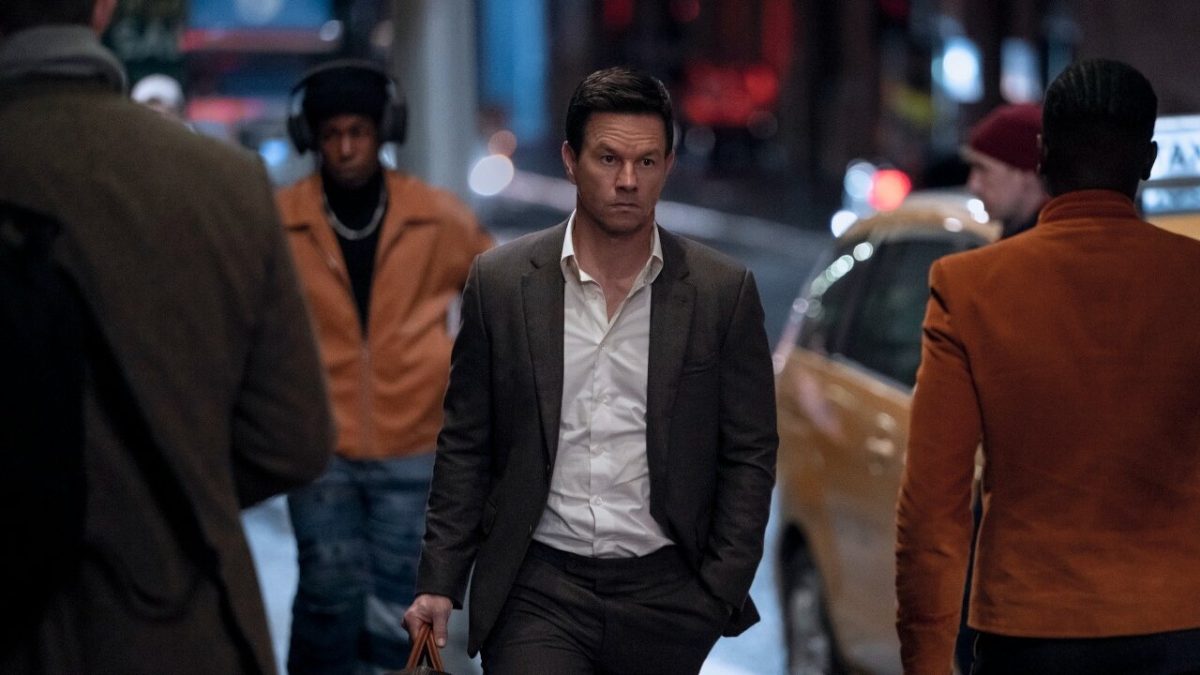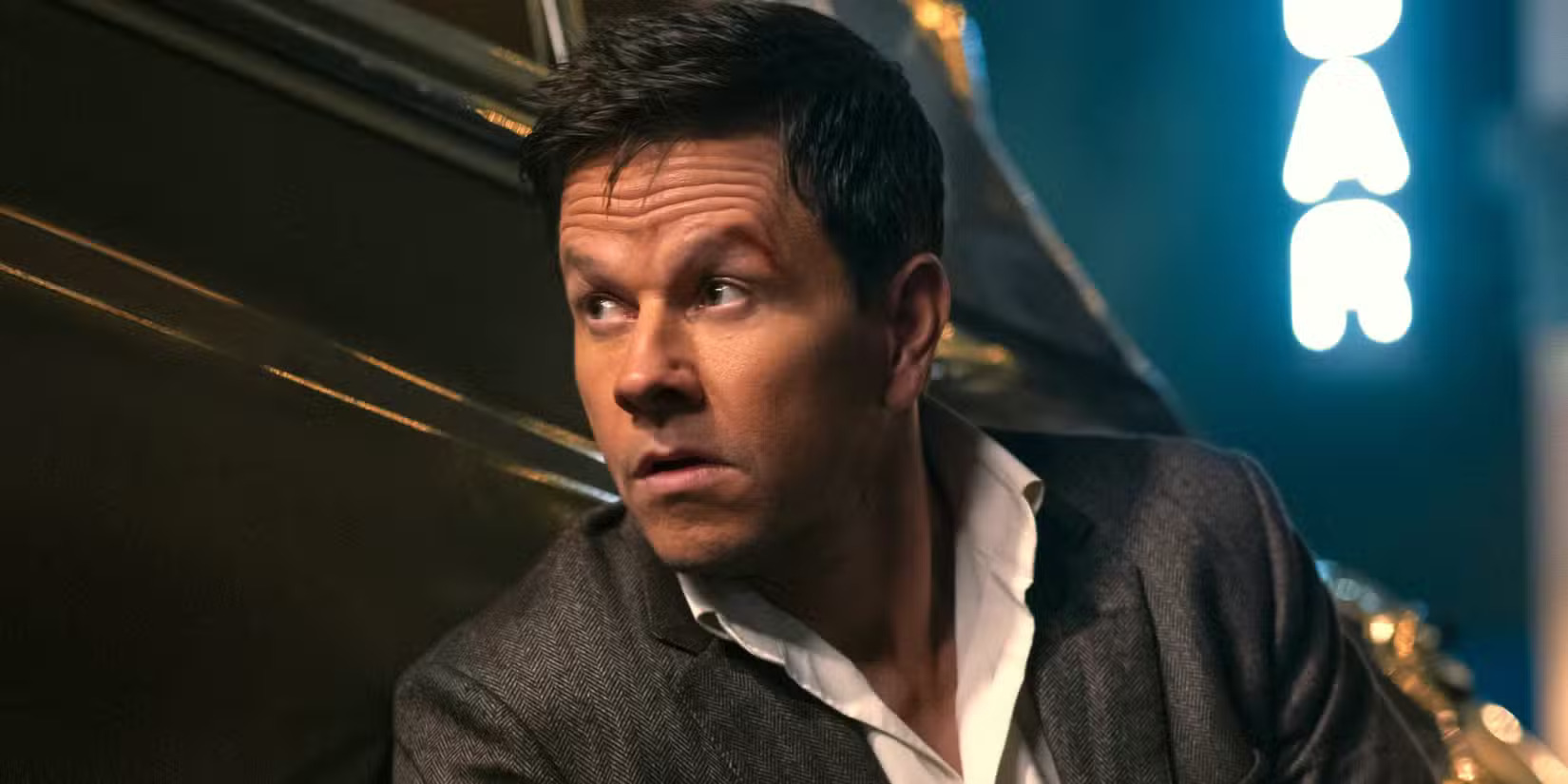Play Dirty opens with a major betrayal that sets the tone for Parker and his crew’s high-stakes operations. Zen (Rosa Salazar) double-crosses Parker (Mark Wahlberg) during the film’s opening robbery, forcing him to rethink his alliances. Despite the initial mistrust, Parker agrees to team up with Zen to steal the legendary treasure, the Lady of Arintero. However, their carefully laid plans quickly unravel when the mob, led by Lozini (Tony Shalhoub) and his Outfit, stays one step ahead.
The crew, including Grofield (LaKeith Stanfield), Ed (Keegan-Michael Key), Brenda (Claire Lovering), and Stan (Chai Hansen), is forced to improvise a new scheme to steal the treasure before it is sold to billionaire Phineas Paul (Chuckwudi Iwuji). Like many heist films, the story is full of deception, double-crosses, and unexpected turns, making the climax both unpredictable and thrilling.
The Mystery of Zen’s Fate and Parker’s Hidden Motives Revealed Gradually
A central mystery in the film’s ending is whether Parker kills Zen. Motivated initially by revenge for Philly’s death, Parker confronts Zen in her hotel room after their heist. He gives her a drink, draws his gun, and the movie cuts away as a shot rings out. When Parker exits, he places a “Do Not Disturb” sign on the door, suggesting he might be hiding her body.
While the film strongly implies Zen’s death, it never explicitly shows her being killed or her body, leaving room for interpretation. Parker’s character is typically ruthless, willing to let people die to advance his plans, but moments of unexpected compassion, such as sparing Kincaid, suggest that Zen may still be alive. The ambiguity adds tension and leaves the door open for potential sequels or follow-ups.

The film gradually unveils Parker’s real objective behind the Lady of Arintero heist. While it initially seems that the crew is working to secure the five hundred million dollar treasure, Parker’s ultimate plan is far more strategic. After kidnapping Phineas and infiltrating Lozini’s private vault, the crew appears to steal the treasure only for it to seemingly fall back into the mob’s hands.
In reality, Parker and his team had switched the vault’s door numbers, creating a clever ruse that allowed them to control the treasure’s fate. By orchestrating this deception, Parker manipulates both the mob and Phineas, demonstrating his tactical genius while keeping his true intentions hidden until the climax.
Parker Destroys the Treasure, Secures Freedom, and Shapes Outcomes Beyond His Heist
Parker’s final move is shocking. He destroys the Lady of Arintero, a treasure everyone assumed he wanted to keep. This act is not driven by greed but by strategy. Parker knows that the treasure represents a lifeline for the financially struggling Outfit. By blowing it up, he eliminates the mob’s chance of recovery and ensures that Lozini’s criminal empire cannot rise again.
The explosion also serves multiple purposes. It removes a dangerous criminal threat, provides Parker with freedom from The Outfit’s influence, and delivers justice according to his own moral code. Although he does take some jewels, Parker largely ensures that the spoils benefit Philly’s widow rather than himself, showing a nuanced sense of ethics despite his violent methods.
Beyond undermining the Outfit, Parker’s actions have political and humanitarian implications. He leaks audio implicating Phineas, which helps depose the corrupt leader De La Cruz and restores national treasures to the country from which they were stolen. This unexpected act of goodwill indicates that Parker’s motives are not purely selfish.
Despite his reputation as a master thief, he is willing to act for the benefit of others, particularly for Zen’s people. This complexity adds depth to his character, portraying him as someone who balances ruthless cunning with selective acts of empathy. It reinforces the film’s theme that even a criminal mastermind can make morally significant choices when the stakes are high.
While Play Dirty adapts Donald E. Westlake’s Parker novels without following a single book, it leaves room for continuation. The film does not explicitly set up a sequel, but it allows for future stories featuring Parker and his crew. A potential follow-up could explore Zen’s fate or introduce new heists, villains, and settings. Additionally, Grofield’s character, portrayed by LaKeith Stanfield, has the potential for a spinoff given his prominence in Westlake’s series and his standout performance.
By avoiding a direct teaser, the film maintains a satisfying standalone narrative while leaving fans curious about what Parker and his allies might tackle next. The story closes with ambiguity, preserving opportunities for expansion without committing to immediate continuation.



